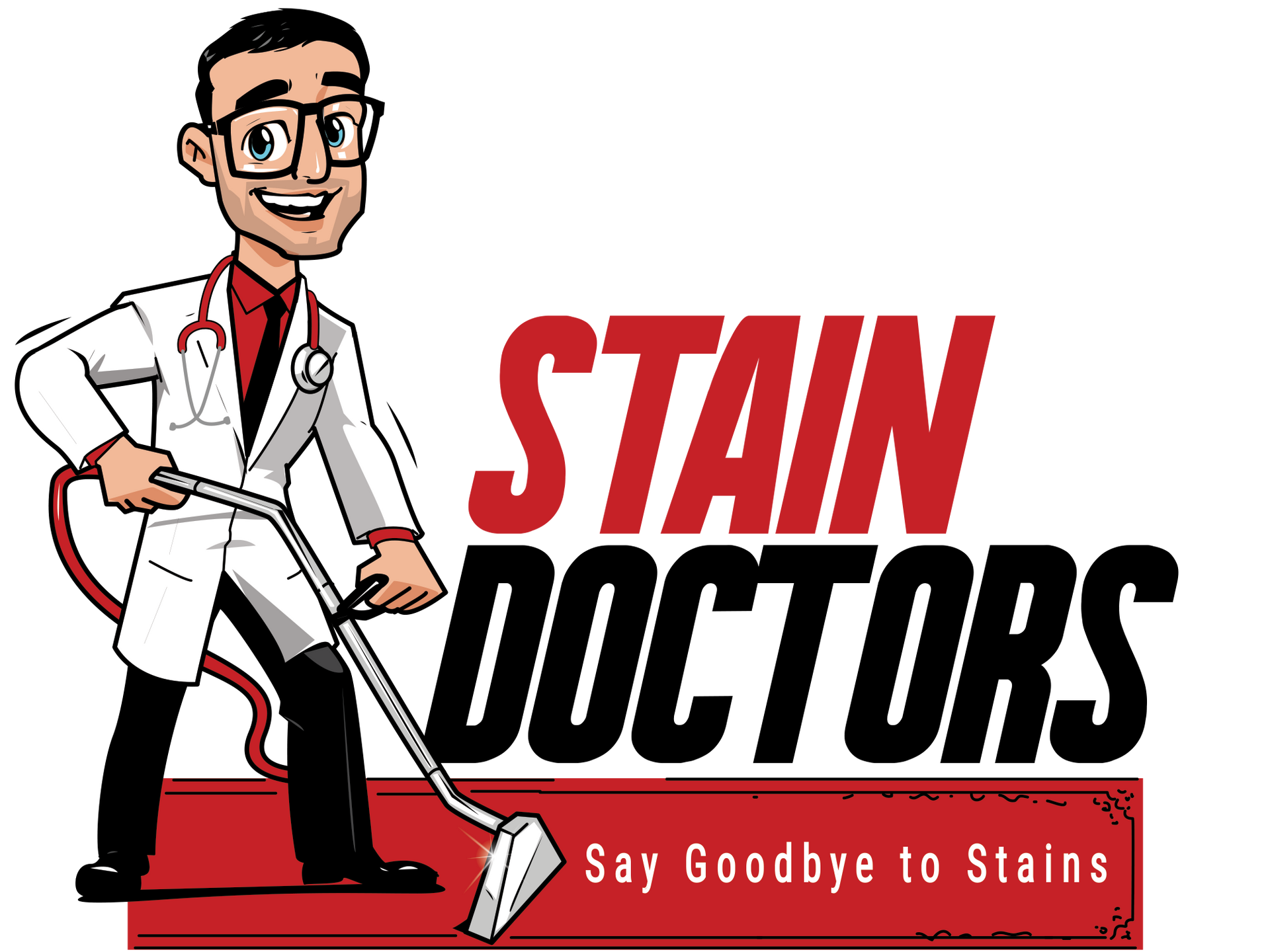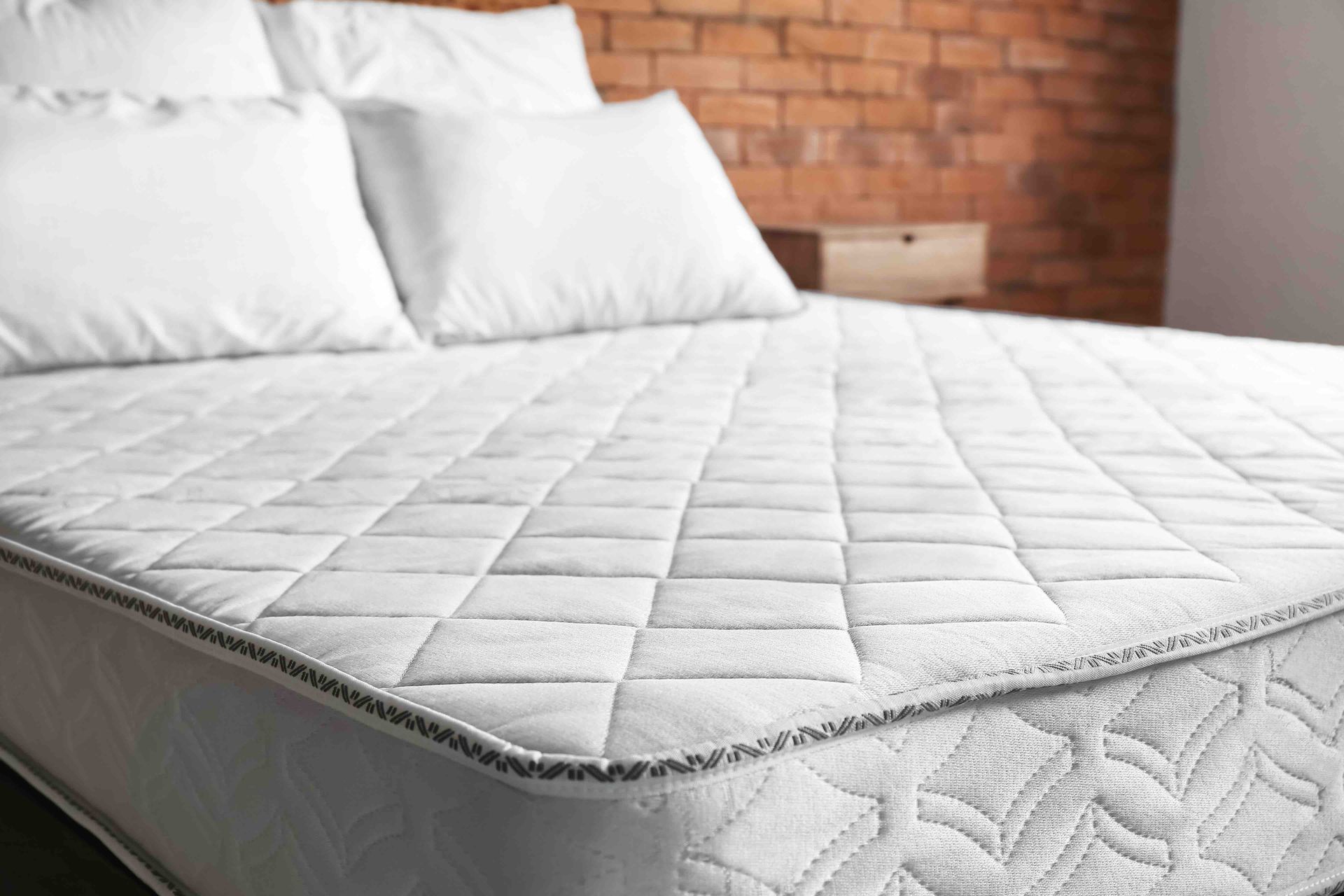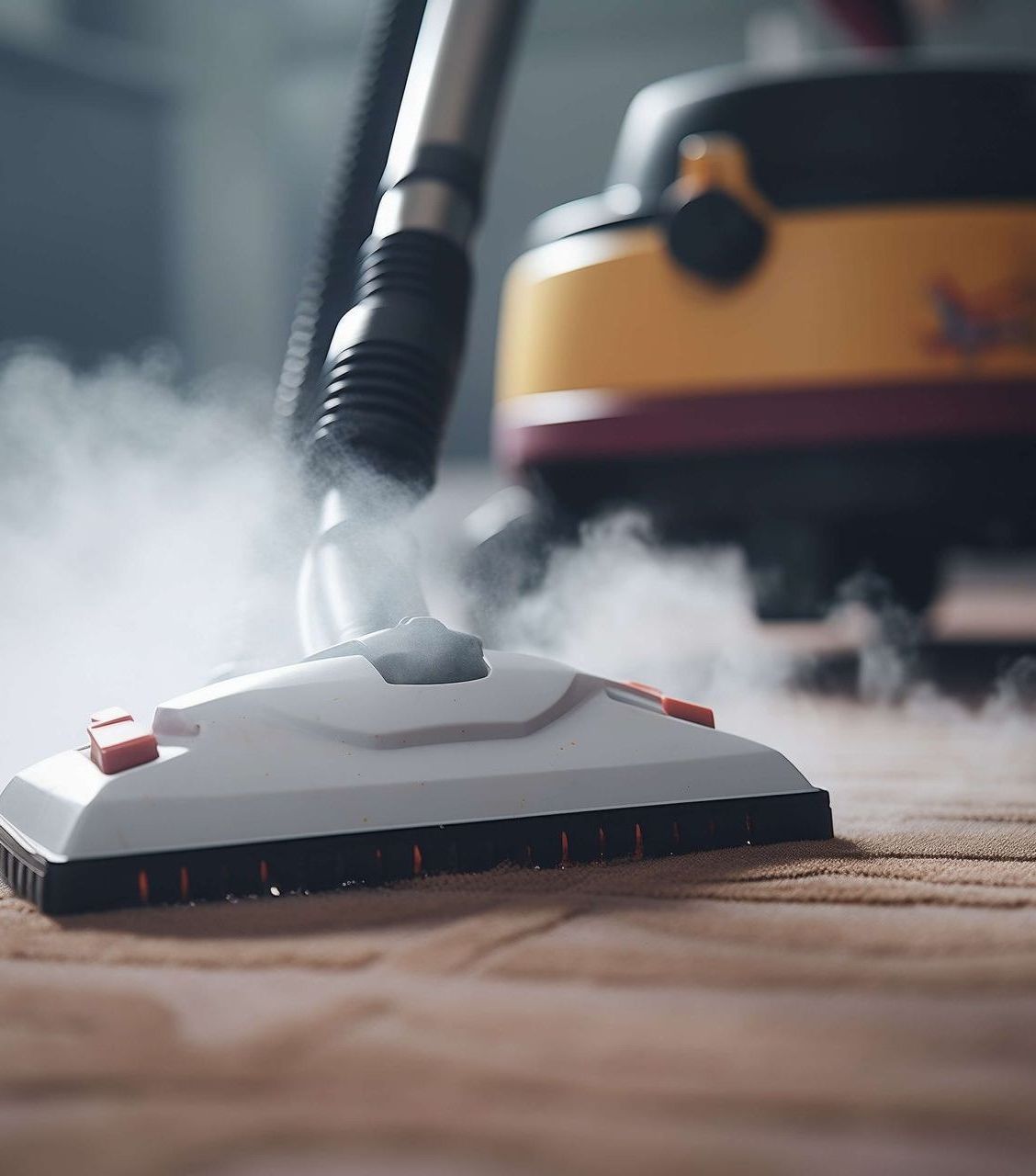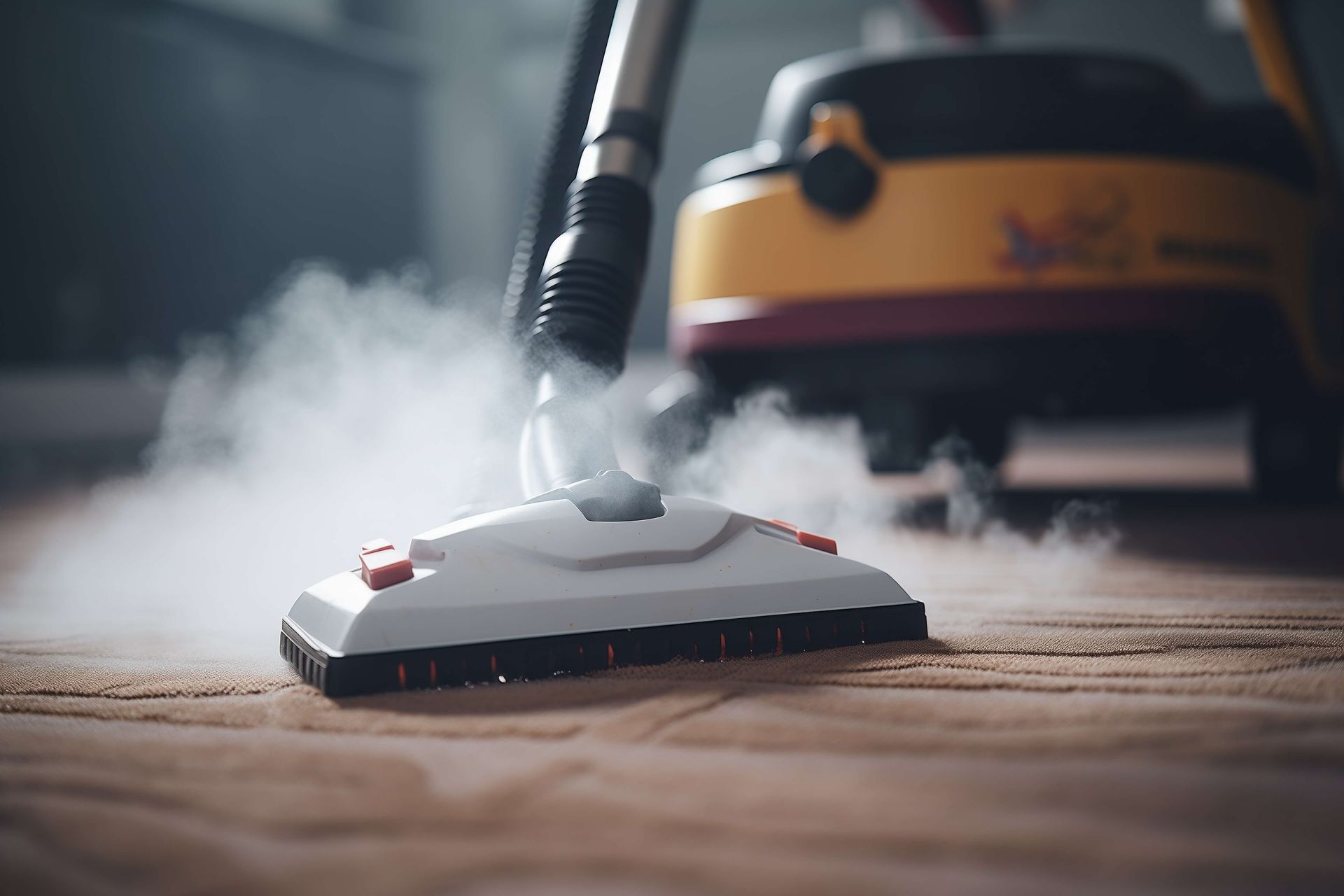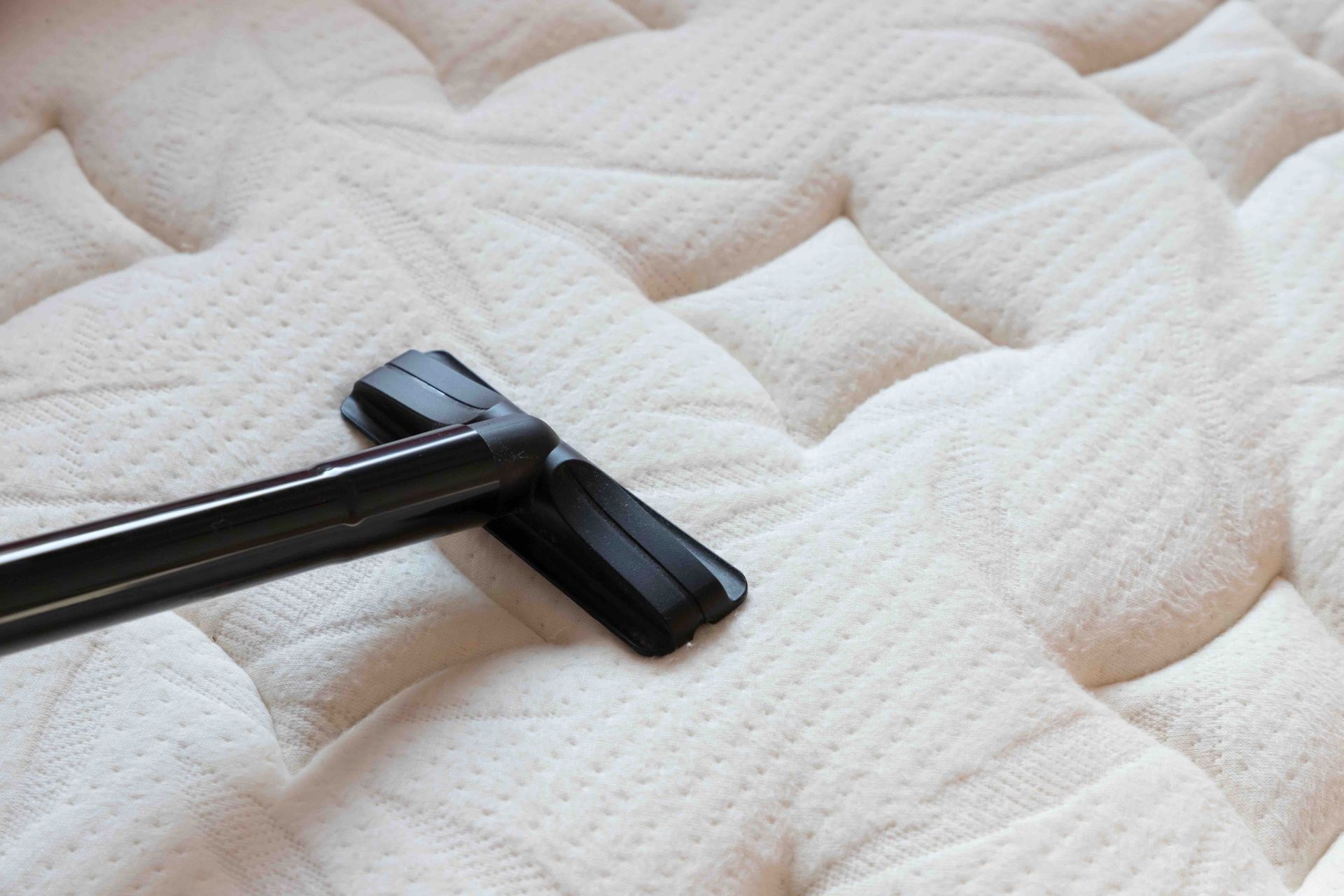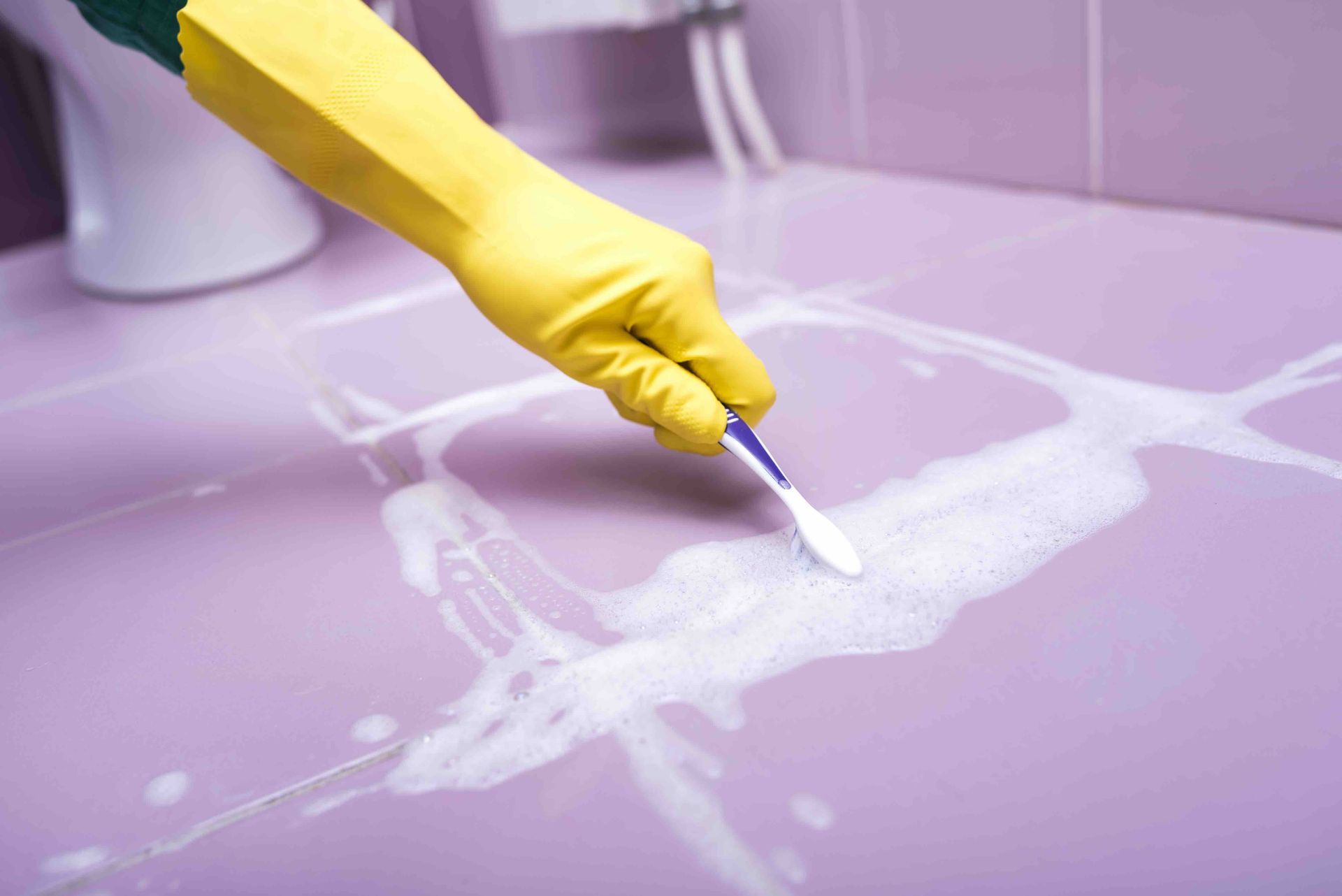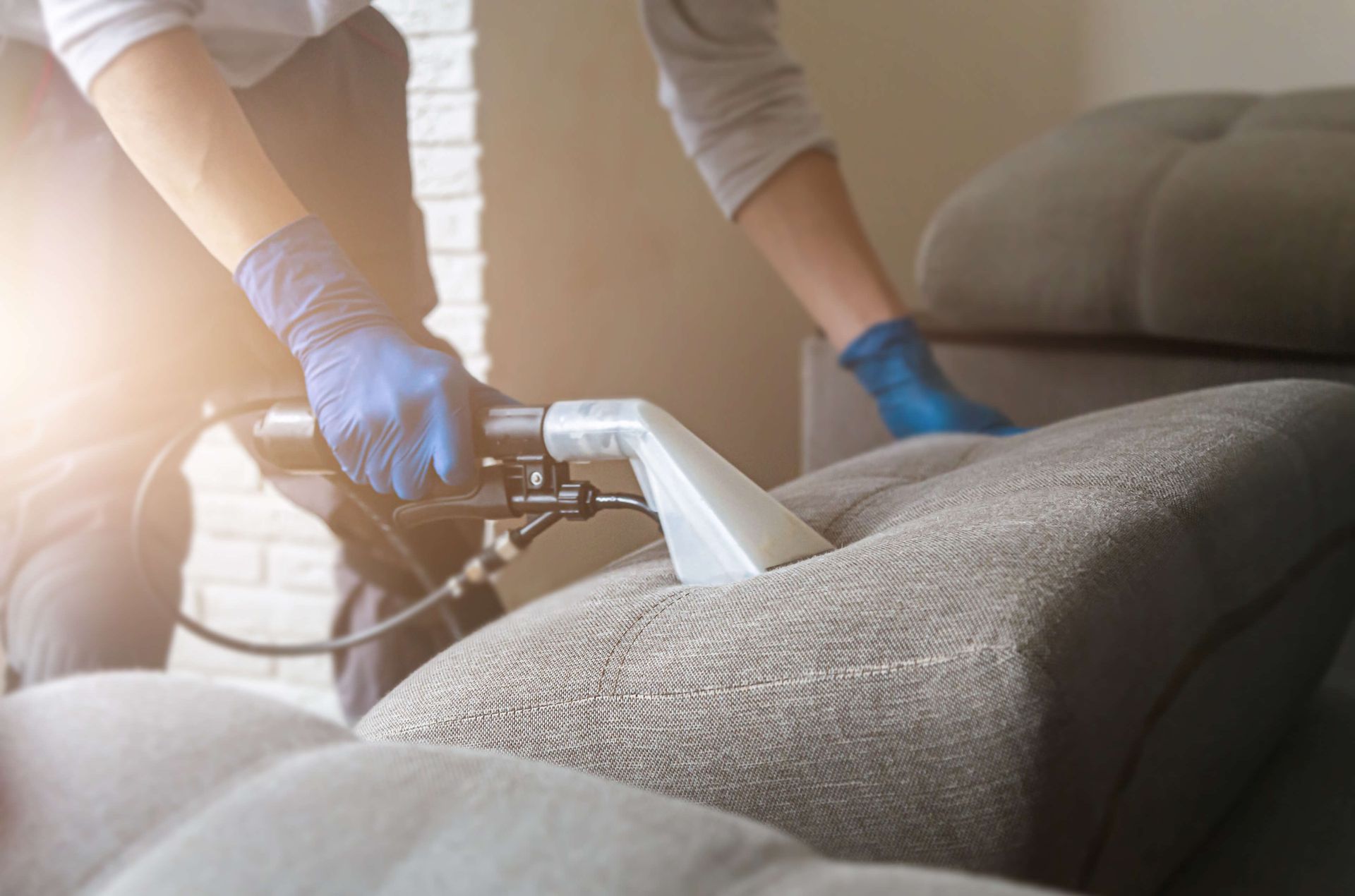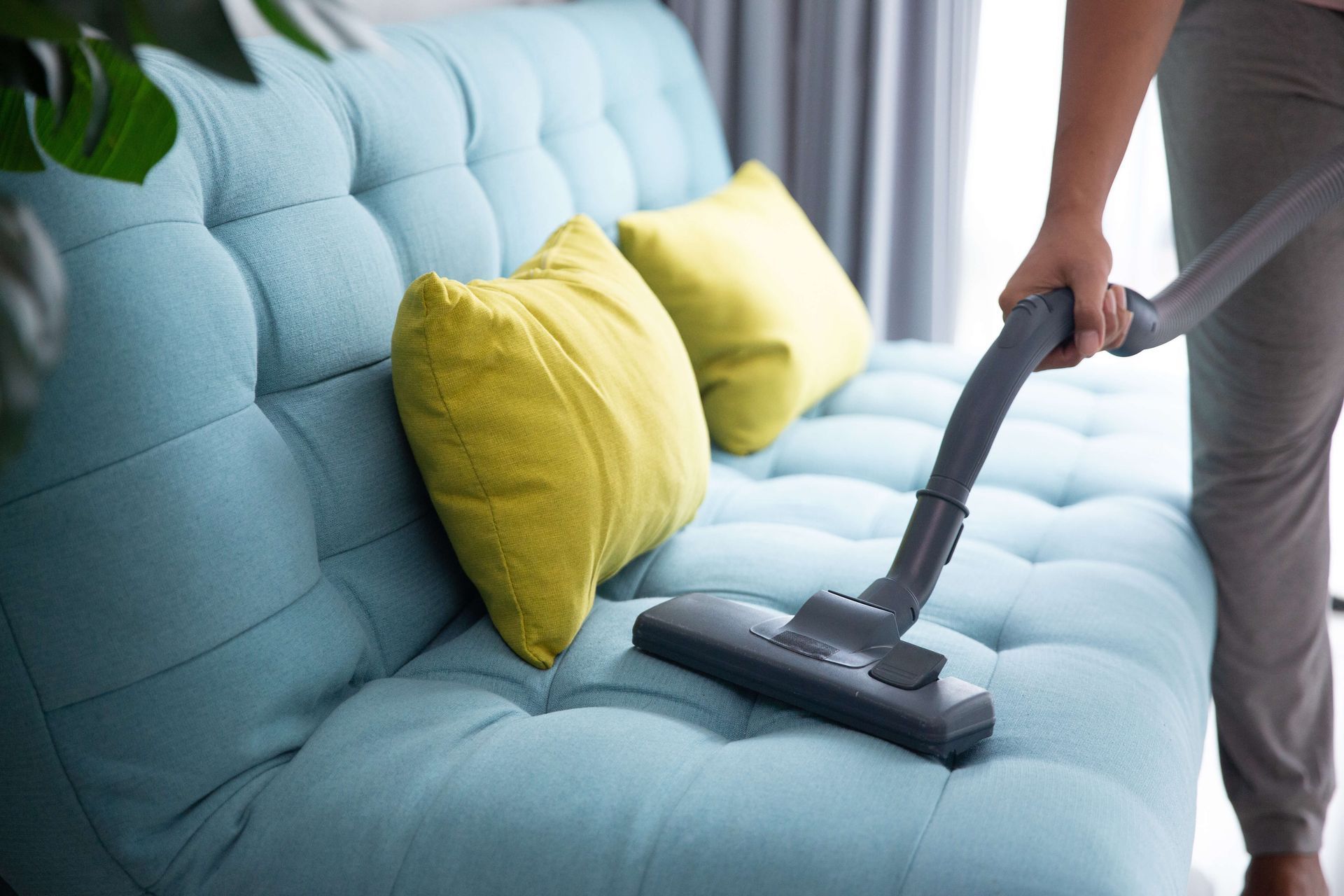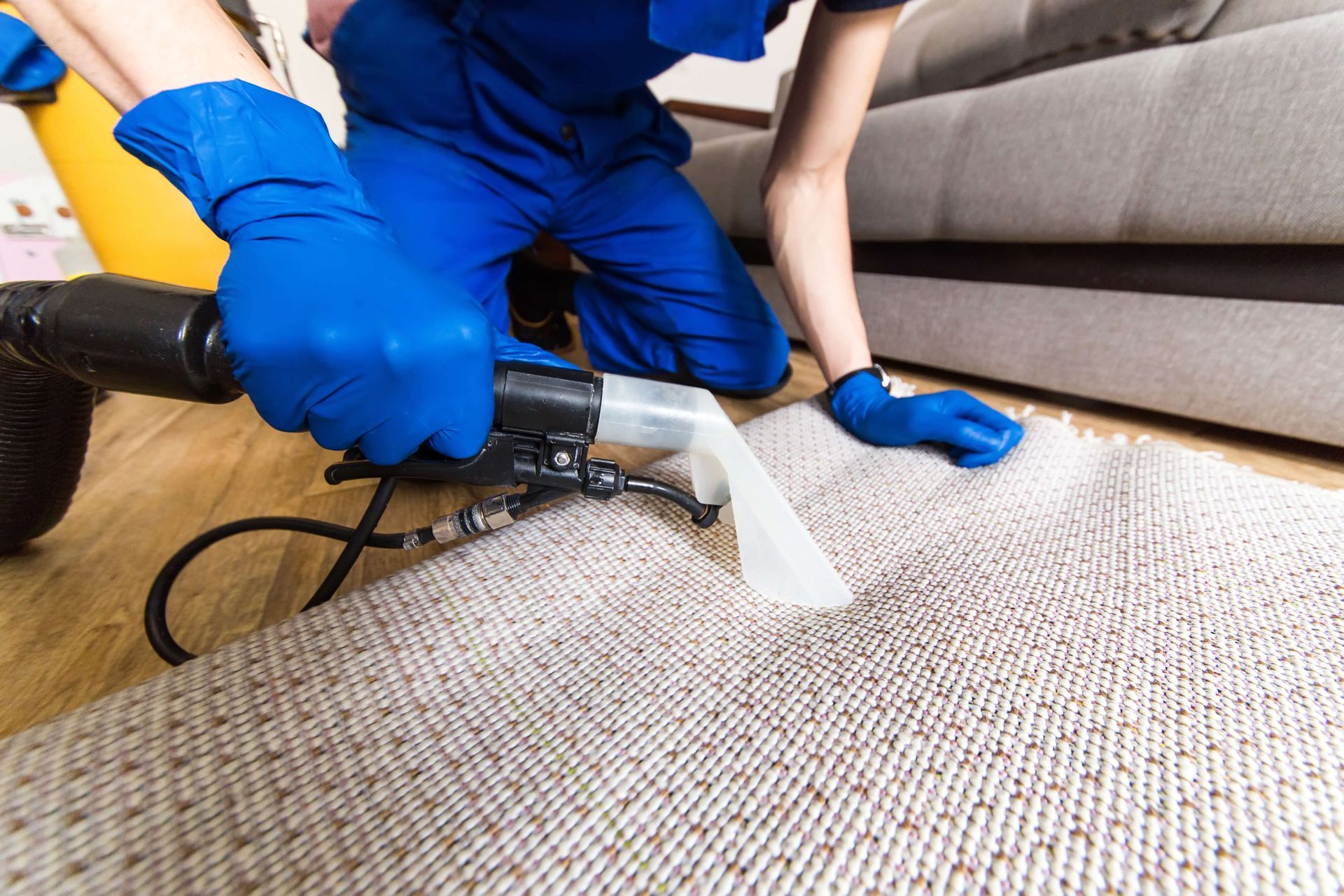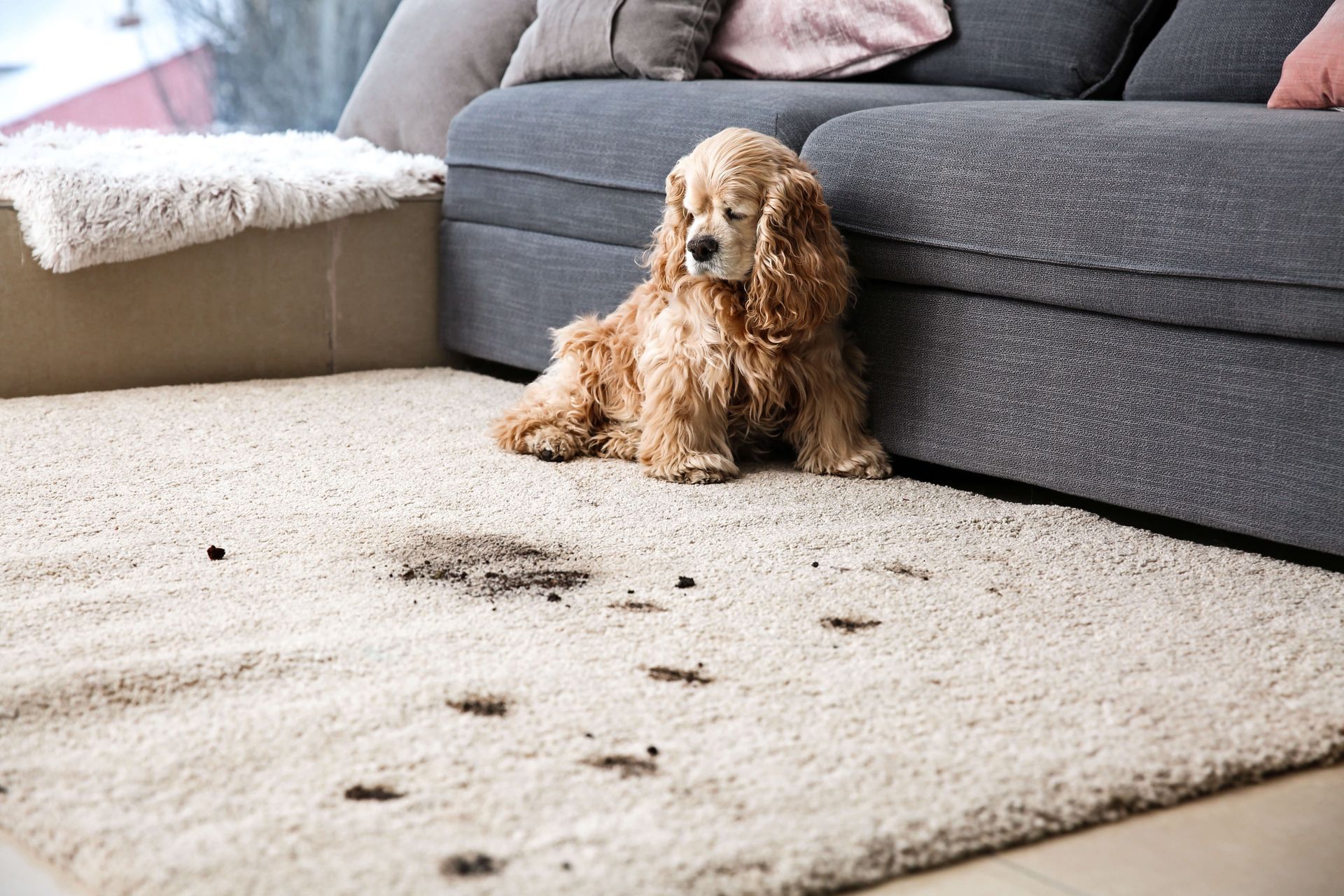What To Do Immediately After Carpet Water Damage in NSW
Finding your carpet soaked after a leak or storm can be a real shock. It only takes a few minutes for water to spread through the fibres and padding underneath, leaving your floors damp and heavy. In NSW homes, where humidity stays high, that trapped moisture quickly turns into a breeding ground for mould and bacteria. What starts as a small wet patch can easily grow into a costly repair if not handled fast.
The key is knowing what to do in the first few hours. Acting quickly can save your carpet, protect your home’s air quality, and reduce long-term damage. Whether the problem comes from a burst pipe, overflowing laundry, or unexpected rainwater, following the right steps will help you manage the situation safely and get your home back to normal faster.
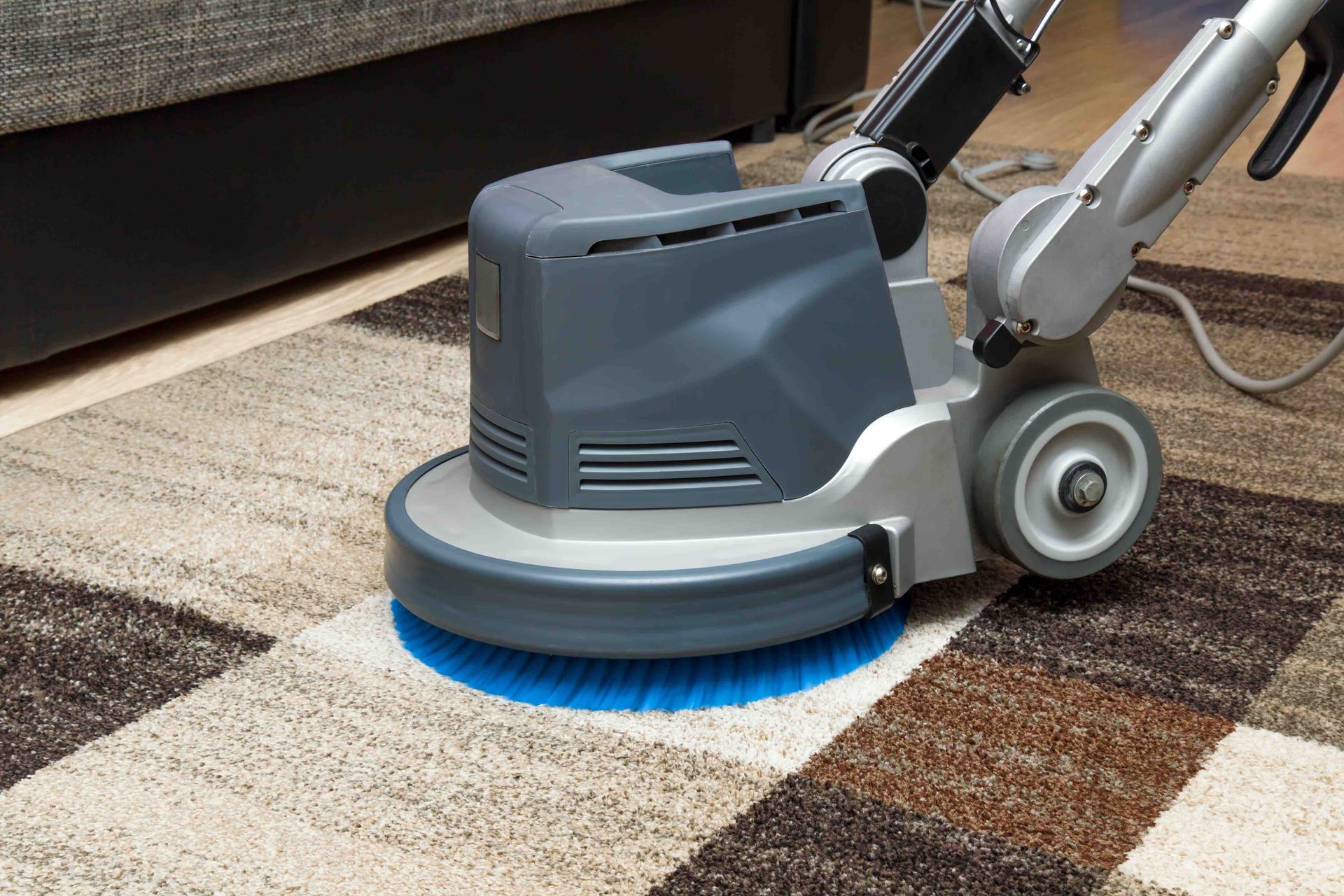
Step 1: Ensure Safety Before Doing Anything
Before you grab a mop or vacuum, make sure the area is safe. Electricity and standing water are a dangerous combination, and rushing in can make things worse. A few minutes spent ensuring safety can prevent serious accidents and further damage to your home.
Here’s what to do first:
- Turn off electricity in affected rooms to prevent short circuits or shocks.
- Identify the type of water: clean, grey, or black (from sewage).
- Put on gloves, waterproof boots, and protective clothing.
- Keep kids and pets away from flooded rooms until cleared.
- If the water looks dirty or smells foul, leave the area and seek help.
Step 2: Stop the Water Source and Contain the Spread
Once you know it’s safe, focus on stopping the water. The quicker you act, the less likely it is that moisture will spread through walls or flooring. Taking early action makes the cleanup faster and helps limit long-term damage to your carpet and underlay.
Here’s how to control the damage fast:
- Shut off your home’s main water valve if the leak is internal.
- Block doorways using towels or heavy cloths to stop water flow.
- Move furniture and rugs away from wet areas to protect them.
- Lift drapes and curtains so they don’t soak up moisture.
- Open windows or doors if weather conditions allow better airflow.
Step 3: Remove Standing Water Immediately
Standing water does the most harm because it soaks deep into carpet fibers. The longer it sits, the higher the chance of mould, odors, and bacteria growth. Removing water right away gives your carpet a chance to recover before permanent damage sets in. Our Professional cleaners, at Stain Doctors use industrial-grade extractors and drying tools that reach moisture trapped beneath the carpet and padding.
You can start removing water by:
- Using a wet and dry vacuum to extract surface moisture.
- Avoiding regular household vacuums, which aren’t safe for water use.
- Use clean towels or absorbent cloths to soak up smaller puddles.
- Removing lightweight mats or rugs that are too saturated to save.
- Call a professional restoration service if water levels are high.
Step 4: Dry the Carpet and Underlay Properly
A carpet that feels dry on top may still hold moisture underneath. This trapped water can lead to mould growth or structural damage in a matter of days. Thorough drying is one of the most important steps in the recovery process.
Follow these effective drying steps:
- Position air movers or fans to circulate air across the room.
- Run a dehumidifier for one to two days to remove excess humidity.
- Gently lift carpet corners to help air reach underneath.
- Keep doors open to maintain ventilation throughout your home.
- Check the underlay and subfloor to ensure everything is completely dry.
Step 5: Clean and Disinfect the Area
Once the carpet and flooring are dry, cleaning is vital to prevent bacteria and unpleasant smells. Floodwater can carry dirt, chemicals, and organic matter that often lead to lingering odors if not treated properly. Sanitizing ensures your home stays fresh and safe for your family.
Here’s how to clean the area effectively:
- Mix mild detergent or vinegar with warm water for surface cleaning.
- Avoid over-wetting the carpet while scrubbing or rinsing.
- Use a steam cleaner or hot water extractor for a deeper clean.
- Wipe furniture legs, skirting boards, and hard surfaces with disinfectant.
- Wash any cloth items that were in contact with floodwater.
For larger spaces or heavily soiled carpets, a professional carpet cleaning service in NSW can use advanced products and hot-water extraction methods that remove deep bacteria and restore fiber softness.
Step 6: Inspect for Mould and Hidden Moisture
Even after drying and cleaning, hidden dampness can cause mould to appear in just a few days. Regular inspection is the best way to make sure the air inside your home stays healthy and the carpet remains safe to use.
Watch for these early warning signs:
- A musty or earthy smell that doesn’t fade after cleaning.
- Dark patches or greenish spots forming on the carpet or walls.
- The edges of the carpet are lifting or feeling soft underneath.
- Small damp areas that return after drying.
- Increased sneezing, headaches, or breathing issues indoors.
Step 7: Know When to Call Professionals
Not every flooded carpet can be saved with household tools. When water sits for hours or spreads beyond one room, professional carpet water damage restoration service is the safest solution. Experienced technicians use moisture meters, thermal cameras, and industrial dryers to ensure no dampness remains.
Call for professional help when:
- Water has spread into multiple rooms or walls.
- Flooding remains after half a day of cleanup.
- The water source involves outdoor runoff or sewage.
- A musty odor lingers even after thorough cleaning.
- Visible mould starts forming on carpet fibers or skirting boards.
- Place leak detectors near washing machines and dishwashers.
- Use moisture-resistant underlay in areas prone to water exposure.
Step 8: Document Damage for Insurance Claims
After the immediate emergency, proper documentation helps with insurance recovery. Detailed records show the extent of damage and speed up the claim process. Always begin documenting as soon as it’s safe to enter your home.
Follow these simple steps for documentation:
- Take clear photos and short videos before moving anything.
- Save receipts for cleaning services and replacement items.
- Contact your insurance provider within the first 48 hours.
- Keep a small log of all phone calls and email updates.
- Ask your insurer which items are covered for restoration or disposal.
Step 9: Prevent Future Carpet Water Damage
After dealing with a flood once, prevention becomes a priority. Regular maintenance and quick fixes can keep your carpets safe from future water damage. Taking small steps now helps avoid major costs later.
Try these prevention methods:
- Check plumbing, taps, and hoses for leaks every few months.
- Clean gutters and downpipes before the heavy rain seasons in NSW.
- Inspect roof tiles and seals for cracks after storms.
- Place leak detectors near washing machines and dishwashers.
- Use moisture-resistant underlay in areas prone to water exposure.
Stop Water Damage in Its Tracks: Get Expert Help Today
When water damage hits, time isn’t on your side. Every hour that passes allows moisture to sink deeper, inviting mould, odors, and permanent stains. The sooner you act, the more likely your carpet and underlay can be fully restored. That’s where our team steps in.
At Stain Doctors NSW, we use professional-grade extraction and drying systems to save carpets before the damage becomes irreversible. From emergency water removal to full sanitizing and deodorizing, we handle everything with care and precision. Contact us today to get quick and same-day service anywhere across NSW.
Frequently Asked Questions (FAQs)
How long does it take for a carpet to dry after water damage?
Most carpets take around 24 to 48 hours to dry after flooding, depending on humidity and airflow. Using professional dehumidifiers or air movers speeds up the process and helps prevent hidden moisture and mould growth.
Can a water-damaged carpet be saved, or must it be replaced?
If water is clean and drying starts quickly, carpets can often be saved. However, when flooding involves sewage, dirty water, or long exposure, replacing the carpet and underlay is usually the safest choice for health and hygiene.
What causes a musty smell after carpet flooding and how do I fix it?
A musty smell usually means moisture remains trapped beneath the carpet or padding. Deep cleaning, professional drying, and deodorising treatments remove odours and stop mould from growing in damp areas.
Will my home insurance cover carpet water damage in NSW?
Most NSW home insurance policies cover water damage caused by storms, burst pipes, or accidental leaks. Damage from gradual wear or neglect might not be covered, so it’s best to report incidents quickly and document all evidence.
What should I do first when my carpet gets flooded in NSW?
Turn off the power, stop the water source, and remove as much water as possible. Then, contact a professional water damage restoration team for quick drying and mould prevention across NSW.
Ready to work with Stain Doctors?
Let's connect! We’re here to help.
Send us a message and we’ll be in touch.
Or give us a call today at 0242-026-354
